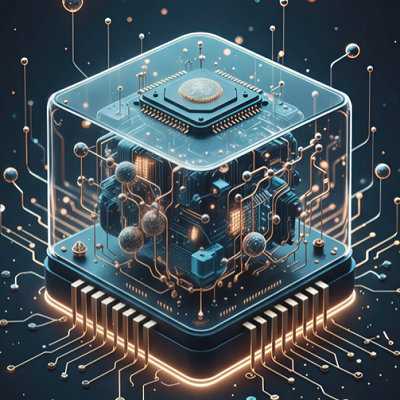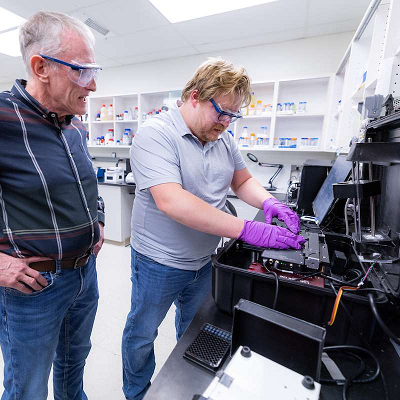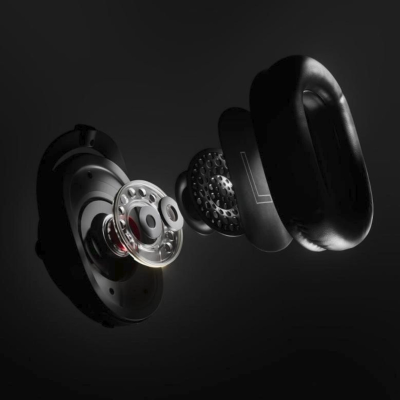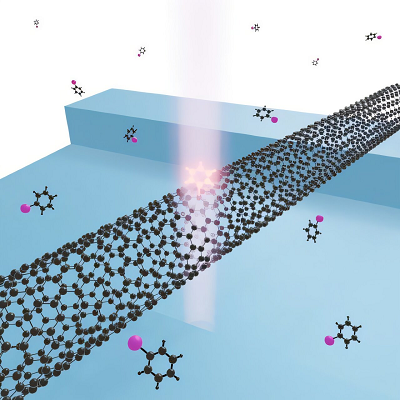The internet of nano-things isn't very different from IoT, except in the sense that devices interconnected within IoNT are miniaturized and small enough to be termed nanoscale, which is around .1 to 100 nanometers -- with a nanometer measuring at one-billionth of a meter. For reference, Nano.gov said a sheet of paper is 100,000 nanometers thick, there are 25.4 million nanometers in one inch, and DNA is 2.5 nanometers in diameter.
Most technologies currently in use -- such as sensors in cars and homes that report environmental conditions, or accelerometers and gyroscopes in smartphones that help people use navigation or location services -- are all examples of very small devices that can be miniaturized to fit within very small volumes. Almost all modern automation depends on nanoscale devices that can communicate with each other in order to provide smarter technical options. These technical integrations will drive innovation in all spaces imaginable, from the automotive industry to the healthcare industry, as well as for regular home goods for daily use.
Internet of nano-things electronics are not only sophisticated in terms of design and manufacturing, but they are extremely well-packaged to protect devices from unwanted interference. Interference is particularly challenging to manage because of the electromagnetic methods that allow these devices to communicate with each other wirelessly.
The types of nano-technologies being integrated into an IoT system are highly specific to the application. For instance, a smart factory will employ IoNT devices to monitor temperature, humidity, gaseous fumes, water quality and perhaps carbon emissions from systems' exhaust. In another example, connected vehicles with similar miniaturized sensors could predict proximity, environmental conditions and location information to help ensure the safety and accuracy of vehicle-assistance systems.
On the other hand, in a smart city application of interconnected nano-devices, the types of technologies integrated could be responsible for monitoring concentrations of toxic gases or particulates, with devices planted at different locations of the city to monitor pollution levels to maintain the health and safety of the residents in the area.
Read the original article on TechTarget.







